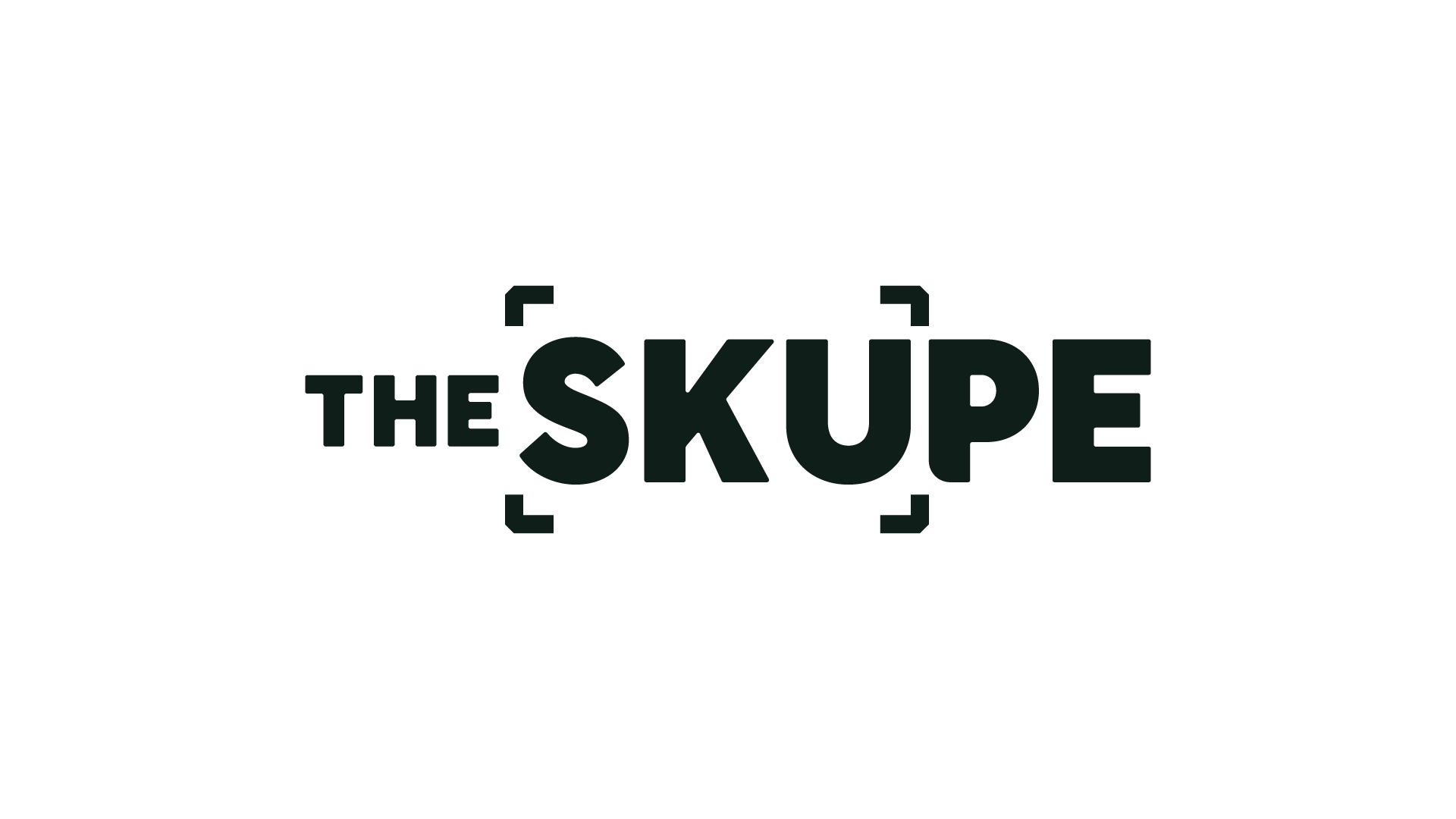Retail turnaround tricks that actually drive sales
How Dan Jablons helps retailers move inventory and spur growth

After stints in apparel manufacturing and retail ops, Dan Jablons founded Retail Smart Guys 20 years ago to help retailers manage inventory and cash flow. While his clients run the gamut from apparel to sporting goods stores and range from $250K to $30M in annual sales, they all need help figuring out the initial investment to open, maintaining enough cash flow, or growing once they’ve plateaued. Says Jablons, “When a retailer calls freaking out, we have their back."
-Bianca Prieto, editor
What’s the first thing you tell retailers who are just starting out?
You have to start with a break-even analysis for your store. Understand how much margin you need to make to cover all your expenses–inventory, rent, staffing, marketing, tech.
Then, look at each category you sell and ask yourself how you could do a better job properly classifying what you sell. Sometimes people go too broad, like they’re a $300,000 business, but they have as many SKUs as Walmart, or they just have one category called “stuff.” There’s a sweet spot you need to find.
Then, view each of those categories as a separate business within your store. Analyze each one, because pants aren’t going to be the same as tops, for example. They have different peaks, different price points, different customers.
What is the concept of open-to-buy or inventory planning?
When you go to a trade show, you may see something cute and think, “I can sell that.” But the trickier part is knowing how many you can sell and when you want to finish selling it. Knowing when you want it to peak and valley. Where sales will be the highest and lowest, which will differ by category and your location. If you don’t plan for this, you’re going to have inventory just sitting there, and your cash will be tied up until it sells.
“Turn,” or inventory turnover, has a lot to do with cash flow. The faster you turn, the more money you make. The person with $30K of inventory sitting in their store wins over someone with $50K because it means they’ve cashed out instead of having to take a brutal markdown.
How do you help retailers with cash flow planning?
Start by looking in your own backyard. A lot of retailers, I find, are sitting on old inventory. The first thing I look at is their open to buy and see what they have that’s older than 90 days. There are four things that are bad about old inventory: you have cash tied up in it; if a customer came in today and sees what they saw last month, they’re not coming in next month; it’s disheartening to look at; it affects your cost of goods sold and your taxable income. I help them find ways to get out the old inventory, turn it into cash, and then use that cash to reinvest in the right inventory.
What are the top ways retailers can turn faster?
Market stuff within the store. Do your salespeople know about it? Did you offer them an incentive to move it?
Talk to your vendors. If they don’t want their brand to go on sale, sometimes they will help you out. You need to make sure you have the proper documentation to do this. We are big on vendor scorecards showing what we bought and what we still have.
Identify the customer. Check your POS data to see who bought this item before and can you go to them and offer a special deal? I had a menswear client who knew he had to make a markdown in pants, and rather than say, “Pants are 30% off,” he said, “If you buy two tops, you’ll get 30% off pants.” The customer is paying for the markdown by getting new tops. Sometimes clients just don’t know what they can do, but I talk to so many retailers in a day, and I get the greatest hits of what works and what doesn’t, and I get to share that with clients.
Educate your salespeople. Make sure they have product knowledge and create a sales plan for them to contribute. One of the costs we look at is what you pay employees divided by what they produce in terms of sales. There are ways to improve that, but it varies depending on where you are.
How should retailers deal with tariffs?
The best thing you can do is not panic. Watch the headlines and be prepared to pivot. Now, you have to rethink your vendor mix. Is that vendor really the right one? If you know your break-even, what do you pay for this item and what do you charge for it, and what does that mean to your volume?
The second thing I would look at is your merchandise mix and whether you need to change it. What will customers pay for, and how do you make that shift? Then, start looking at your expense structure and how to convert fixed expenses to variable expenses. Based on the volume you do, if prices are going up with inflation, you have to make sure you are lean and mean.
Here’s where turn comes in. If you turn fast and get clever about promotions and in-store activity, it can make a huge difference in your bottom line. Lastly, fail fast. What I mean by that is if something doesn’t work, take that markdown and get out of it instead of sitting on it for months.
What are some clever ways to get people in-store?
Shoppers need a reason to shop [in-store] in times like these. It’s not price–it’s a party, a celebration, something happening, that makes me and Gen Alphas want to go in store. One client did a dog adoption, and they killed it. We give them ideas of how to drive business without being all about sales. Sale and discount emails have the lowest open rate of all. What has the highest? Emails announcing what's just in, new deliveries. In any economy, good or bad, new is what drives customer traffic.
Interview by Marcy Medina.

Thanks for reading this week's edition!
You can reach the newsletter team at theskupe@mynewsletter.co. We enjoy hearing from you.
Interested in advertising? Email us at newslettersales@mvfglobal.com
The SKUpe is curated and written by Marcy Medina and edited by Bianca Prieto.





Comments ()